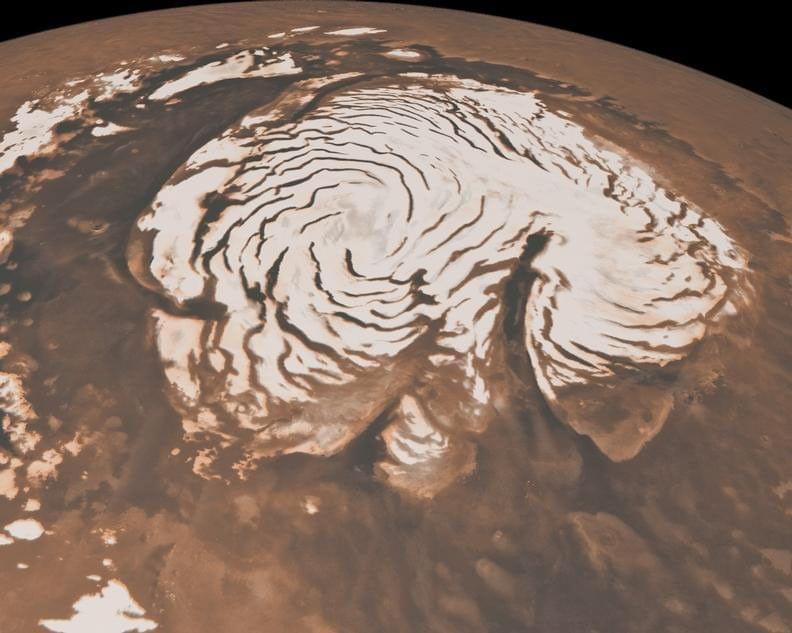How can artificial intelligence (AI) earn, and rebuild, our trust over time? This is what a recent study published in AI and Ethics hopes to address as a p | Technology






An open letter released Wednesday has called for a ban on the development of artificial intelligence systems considered to be “superintelligent” until there is broad scientific consensus that such technologies can be created both safely and in a manner the public supports.
The statement, issued by the nonprofit Future of Life Institute, has been signed by more than 700 individuals, including Nobel laureates, technology industry veterans, policymakers, artists, and public figures such as Prince Harry and Meghan Markle, the Duke and Duchess of Sussex.
The letter reflects deep and accelerating concerns over projects undertaken by technology giants like Google, OpenAI, and Meta Platforms that are seeking to build artificial intelligence capable of outperforming humans on virtually every cognitive task. According to the letter, such ambitions have raised fears about unemployment due to automation, loss of human control and dignity, national security risks, and the possibility of far-reaching social or existential harms.

Here’s the equation that rules all fluids: ρ (∂u/∂t + (u·∇)u) = −∇p + μ∇²u + f What it means: — u: velocity field (how the fluid moves) — p: pressure — μ: viscosity (internal friction) — ρ: density — f: external forces (like gravity) Instead of solving the velocity u directly, he treats the fluid like a symphony of interacting notes: φ(x, t) = ∫ d³k [ aₖ e^(-iωt + ik·x) + aₖ† e^(iωt — ik·x) ] Each aₖ and aₖ† represent creation and annihilation operators — the conductors of the quantum orchestra of sound. 🎵 Analogy: Fluid as a Symphony Imagine a calm pond. Every ripple is a gentle musical note. Now drop many stones — the ripples overlap, collide, and amplify. That’s turbulence.
It sounds like science fiction, but the system could boost collaborative rehabilitation, where groups of people with brain or spinal cord injuries work together. By showing rather than telling Denapoli how to move her hand, she’s nearly doubled her hand strength since starting the trial.
“Crucially, this approach not only restores aspects of sensorimotor function,” wrote the team. It “also fosters interpersonal connection, allowing individuals with paralysis to re-experience agency, touch, and collaborative action through another person.”
We move without a second thought: pouring a hot cup of coffee while half awake, grabbing a basketball versus a tennis ball, or balancing a cup of ice cream instead of a delicate snow cone.

Background: Hepatocellular carcinoma (HCC) is the most common type of liver cancer and is associated with poor clinical prognosis and high mortality, despite the advances related to therapeutic options for HCC. Therefore, exploring alternative therapeutic options and their associated mechanisms is relevant and urgently needed. Natural products may be an important source of novel anti-cancer compounds. Coffee consumption is associated with protective effects against liver diseases, but the molecular mechanisms underlying these benefits remain poorly understood. Objectives: In this study, we evaluated the in vitro effects of green (GC) and roasted coffee (RC) extracts, alongside chlorogenic acid (CGA), on the proliferation of HepG2 hepatocellular carcinoma cells.

Researchers at Trinity Translational Medicine Institute (TTMI) and the Irish Mycobacterial Reference Laboratory at St James’s Hospital have uncovered how the bacterium Mycobacterium avium—a leading cause of difficult-to-treat chronic lung infections—changes and adapts inside patients over many years of illness.
Their findings, published in the journal Genome Medicine, could help doctors understand why M. avium infections come back and why antibiotics sometimes fail.
The team undertook this research to understand how M. avium manages to survive for years in people’s lungs, even during long courses of antibiotics. This bacterium causes a type of chronic lung infection that’s becoming more common around the world.

A new study by investigators from Mass General Brigham has used next-generation imaging technology to discover that when the brain is falling asleep, it shows a coordinated shift in activity.
The researchers found that during NREM (non-rapid eye movement) sleep, parts of the brain that handle movement and sensory input stay active and keep using energy, while areas involved in thinking, memory and daydreaming quiet down and use less energy. Their results are published in Nature Communications.
“This research helps explain how the brain stays responsive to the outside world even as awareness fades during sleep,” said corresponding author Jingyuan Chen, Ph.D., an assistant investigator at the Athinoula A. Martinos Center for Biomedical Imaging at Massachusetts General Hospital.